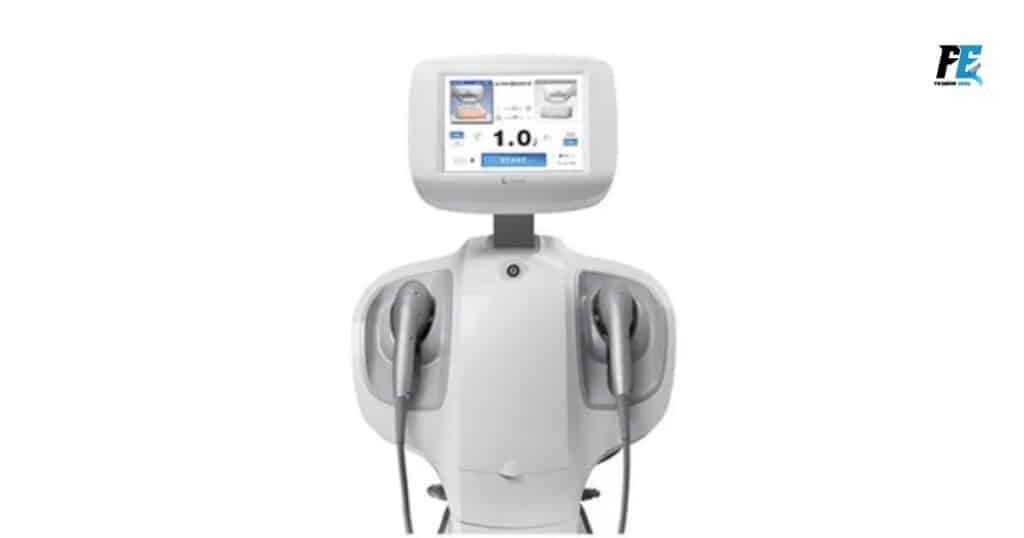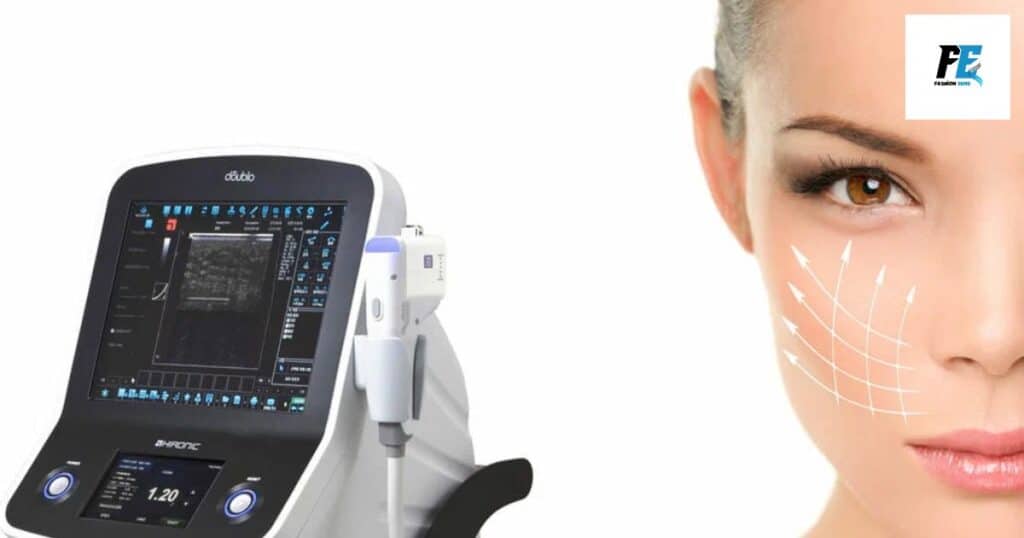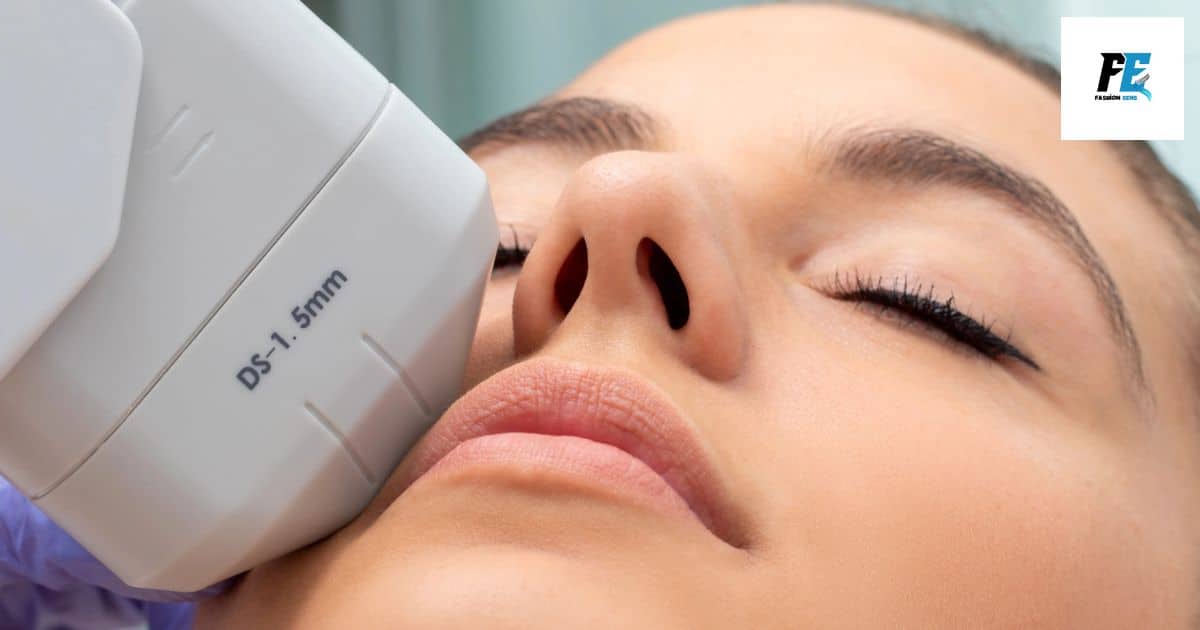Our skin is one of the first things people notice about us, and youthful, glowing skin can make us look more beautiful and confident. As we age, our skin starts to lose its natural elasticity, and collagen levels drop. This causes issues like wrinkles, sagging, and loose skin.
Newer, non-invasive skin tightening technologies are helping people get beautiful skin without undergoing surgery or injections. Two such leading techniques are 4D and 7D HIFU. Both use high-intensity focused ultrasound (HIFU) energy to stimulate collagen production in the skin for a tightening and lifting effect. While both are effective, they work differently based on their technology.
This article discusses the key differences between 4D and 7D HIFU, including how they target various skin layers, which works better for specific areas, their comfort level, and the longevity of results. Understanding these nuances will help you choose the proper treatment based on your unique skin concerns and preferences.
4D vs 7D HIFU – Understanding 4D HIFU

4D HIFU utilizes four transducer cartridges that emit ultrasound waves into the skin. Each cartridge targets a different layer of the skin:
- Epidermis
- Dermis
- Smas
- Muscle Layers
4D uses an established technology perfected over time. With its more significant focal point, 4D HIFU treats broader skin areas efficiently.
It is suitable for people looking to tighten loose skin on more critical parts of their face, neck, or body. While it generates noticeable immediate tightening, maximum collagen stimulation happens in 4-6 months.
So, results last up to a year. 4D HIFU remains a reliable option for its coverage and proven results.
Read about: Plasma Fibroblast Treatment
Exploring 7D HIFU

7D HIFU incorporates newer technology featuring seven precisely designed cartridges. Each one targets ultrasound energy at an accurate microscopic focal point in the skin layers.
With seven layers addressed, from the epidermis to the muscle, it delivers highly customized treatments. Its more minor focal point allows for intricate work on specific concerns like eye bags or wrinkles.
7D HIFU also operates at more incredible speeds for shorter sessions. Clinical studies show it produces twice as much new collagen as other technologies. So, results last up to two years. Its advantages of precision and tailored depth make it suitable for those wanting superior anti-aging effects.
Critical Differences in 2 of the Latest Skin Tightening Techniques: 4D and 7D HIFU

4D and 7D HIFU both use focused ultrasound to tighten skin in a non-invasive manner. While very effective, they have some critical technological differences.
Target Area Size and Complexity
4D HIFU works best in broader treatment regions like the face, neck, or stomach, as its more significant focal point covers more surface area in one session.
7D HIFU can target particular small regions like crow’s feet or marionette lines, thanks to its precise microscopic focal point that reaches deep skin layers. It allows customizing treatment protocols for intricate, detailed work.
Technology Advancements
4D HIFU uses proven ultrasound technology that has stood the test of time. 7D HIFU represents the latest advances, delivering ultrasound much faster for comfort.
Its microfocus and macrofocus capabilities work with enhanced precision and control at varying skin depths. This permits treating the deepest skin layers more effectively for results that can last longer.
Number of Cartridges
4D HIFU uses four individual cartridges that each target a different layer of skin, allowing it to lift and tighten the top four layers. 7D HIFU has developed a more advanced seven-cartridge system, which permits it to precisely reach all seven layers of the skin for superior anti-aging corrections.
Longevity of Results
While 4D HIFU results typically last six to twelve months before additional treatments are needed, 7D HIFU has been shown to stimulate twice as much collagen production.
This extended collagen growth allows the skin tightening benefits of 7D HIFU to persist for a more extended period of between twelve to twenty-four months, meaning less frequent procedures are necessary over time.
Comfort Factor
4D HIFU treatments can sometimes cause minor tingling or discomfort for some patients, though this is usually mild and well-tolerated. 7D HIFU was engineered with new technology that performs treatments in a completely painless manner for clients. Its lack of pain also makes 7D HIFU suitable for delicate and sensitive areas like around the eyes.
How to choose between 4D and 7D HIFU

Here are some key factors to consider when choosing between 4D HIFU and 7D HIFU treatments:
Treatment Areas
- 4D HIFU is better for large, broad areas like the face, neck, and body.
- 7D HIFU is more suitable for targeting small, intricate areas like eyes, mouth, and wrinkles.
Technology Preferences
- 4D HIFU uses established technology that has proven results.
- 7D HIFU offers the latest advances for more precise treatments.
Desired Precision
- 4D HIFU’s more significant focal point is less precise than 7D HIFU.
- 7D HIFU’s microfocused ultrasound allows for very customized treatments.
Treatment Comfort
- 4D HIFU may cause minor tingling for some.
- 7D HIFU is essentially painless with no discomfort.
Budget Considerations
- 4D HIFU is usually more affordable than 7D HIFU devices.
- However, 7D HIFU may require fewer courses over time.
After reviewing your skin concerns and treatment goals with the clinic, they can help determine which of these non-surgical skin tightening options is best suited to achieve your desired facial rejuvenation and skin lifting results.
FAQ’s
How long do results from a single treatment last?
Results vary depending on the individual, but generally, the results last 3-6 months for 4D HIFU and 6-12 months for 7D HIFU. Multiple treatments provide longer-lasting cumulative results.
Is there any downtime after treatment?
No, both 4D HIFU and 7D HIFU are non-invasive procedures with no downtime. You can resume normal activities right away. Some mild redness may occur but fade within 1-2 days.
What age groups can benefit most?
Anyone from their 30s experiencing mild signs of aging to those in their 70s tackling deep wrinkles or sagging skin are suitable candidates.
Are the treatments safe?
Yes, extensive research and thousands of successful procedures have proven both techniques to be very safe when performed by a qualified practitioner.
How long do the effects last without maintenance?
For 4D HIFU, results may fade fully within 6-12 months. For 7D HIFU, some skin tightening benefits can persist for 12-18 months without follow-up treatments. Regular maintenance extends these outcomes.
Final Thoughts
Both 4D and 7D HIFU are effective, non-invasive methods to tighten skin and reduce wrinkles through stimulation of collagen production. While both therapies use HIFU technology, critical differences exist in their focal point size, number of cartridges, depth of treatment, speed, pain levels, and longevity of results.
Choosing the more suitable option depends on factors like the treatment areas of interest, technology preferences, desired precision, and comfort level, as outlined above.
An in-depth consultation with an expert medical professional can help evaluate individual skin concerns and goals to determine if 4D HIFU or the more advanced 7D HIFU is best for achieving natural-looking, long-lasting, age-defying results.

Welcome to Fashioneens! Your go-to destination for trendy fashion tips and style guides. Join us in exploring the latest in fashion trends and unleash your inner style icon!



